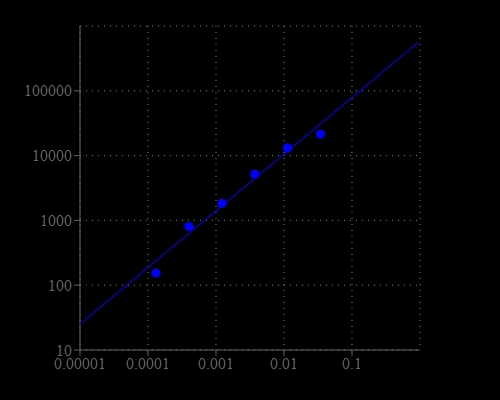Amplite® Ethanol Quantitation Kit
Amplite® Ethanol Quantitation Kit enables rapid and sensitive measurement of ethanol using a dual-mode readout.
- Dual detection formats: Compatible with both fluorescence and absorbance plate readers for flexible assay design
- Fast and simple workflow: Mix-and-read format allows completion within 30 minutes
- High sensitivity and robustness: Detects low levels of ethanol with reliable performance in various sample types
- Comparable alternative: Offers a reliable, non-radioactive solution similar to Abcam's ethanol assay kits


| Catalog | Size | Price | Quantity |
|---|---|---|---|
| 40001 | 200 Tests | Price |
Spectral properties
| Excitation (nm) | 571 |
| Emission (nm) | 584 |
Storage, safety and handling
| H-phrase | H303, H313, H333 |
| Hazard symbol | XN |
| Intended use | Research Use Only (RUO) |
| R-phrase | R20, R21, R22 |
| UNSPSC | 12352200 |
Instrument settings
| Absorbance microplate reader | |
| Absorbance | 576 ± 5 nm |
| Recommended plate | Clear bottom |
| Fluorescence microplate reader | |
| Excitation | 540 nm |
| Emission | 590 nm |
| Cutoff | 570 nm |
| Recommended plate | Solid black |
Documents
Contact us
| Telephone | |
| Fax | |
| sales@aatbio.com | |
| International | See distributors |
| Bulk request | Inquire |
| Custom size | Inquire |
| Technical Support | Contact us |
| Request quotation | Request |
| Purchase order | Send to sales@aatbio.com |
| Shipping | Standard overnight for United States, inquire for international |
Page updated on December 30, 2025

